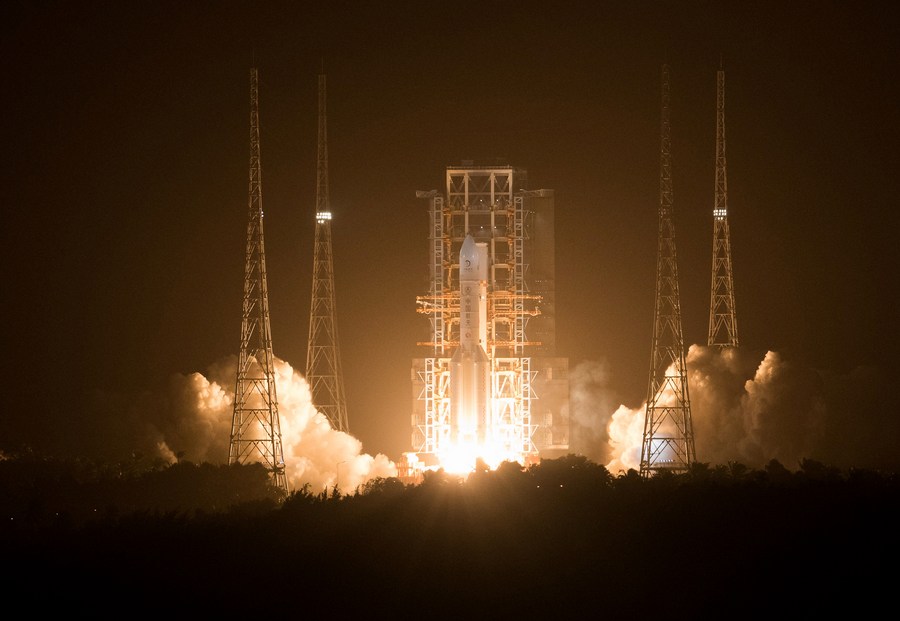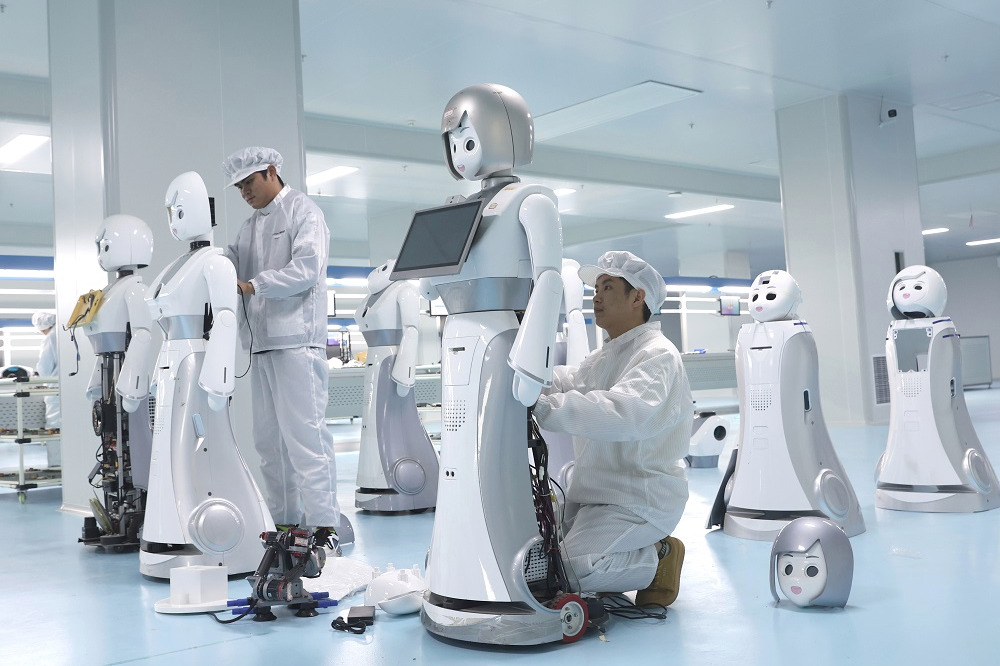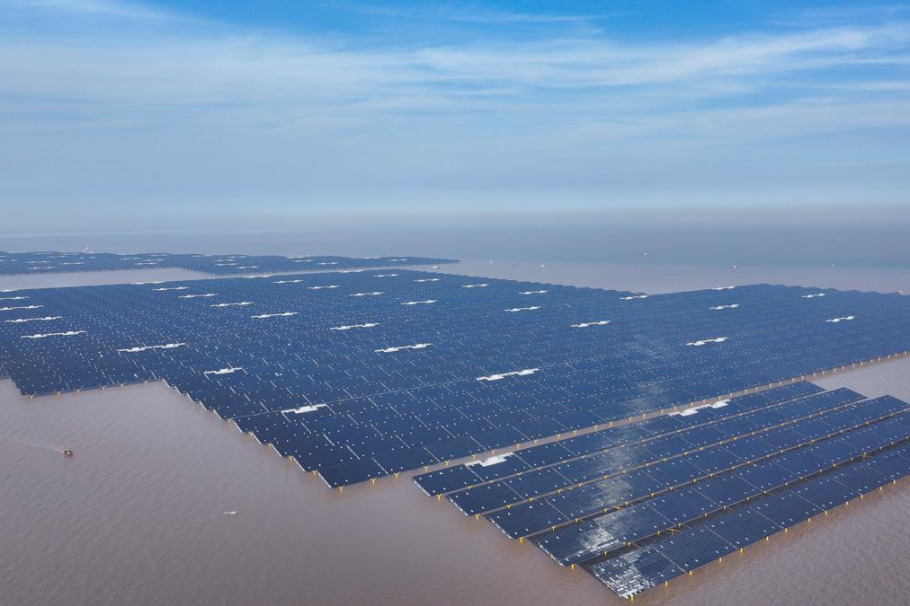Expedition tasked with number of firsts for China


The Chang'e 5 lunar mission will need to overcome a succession of challenges and difficulties before it can be declared a complete success, project insiders said.
Mission spokesman Pei Zhaoyu said Chang'e 5 will be the first Chinese spacecraft to carry out sample collection and launch operations on an extraterrestrial body, and these maneuvers will be extremely demanding and sophisticated in terms of technology and engineering complexity.
After the samples are collected and packed into the ascender, it will need to be lifted into lunar orbit to rendezvous and dock with the combined orbiter and re-entry capsule in an exceptionally accurate, delicate manner. Otherwise, it will be damaged and fail to deliver the samples, he added.
Even at the very beginning of the mission, Chang'e 5 had to go through some new operations, said Pei, who is deputy director of the China National Space Administration's Lunar Exploration and Space Program Center. He explained that it was the first Chinese lunar mission to use the Long March 5 heavy-lift carrier rocket and the Wenchang Space Launch Center in Hainan province. All the previous Chang'e programs were carried on Long March 3 rockets launched from the Xichang Satellite Launch Center in Sichuan province.
Yu Dengyun, deputy chief designer of China's lunar exploration program, said: "First of all, Chang'e 5's most important task will be collecting lunar samples. The environment on the lunar surface, such as the gravity there, is very different from that on Earth. So we must ensure that our technologies are functional and reliable during the collection and packing processes.
"The next challenge will be lifting the sample-carrying ascender from the moon. All of our launches so far were made from Earth, but the coming launch will take place on lunar soil and use the Chang'e 5's lander as the launchpad. Consequently, the challenge will be whether our equipment can handle the complicated operation as it was designed to do."
Previous rendezvous and docking by Chinese spacecraft occurred in low-Earth orbit-hundreds of kilometers above the planet-but this time it will take place in lunar orbit nearly 380,000 km away, Yu said.
The last challenge, he said, will emerge during the re-entry process as the re-entry capsule will descend through Earth's atmosphere at a speed of 11.2 kilometers per second, much faster than almost all previous Chinese spacecraft.
"The ultrafast speed will verify the aerodynamic design, heat-resistant materials and flight control system on the re-entry module," Yu said.
- China launches new satellite
- PLA conducts long-range live fire drills to south of Taiwan Island
- On the journey to modernization
- China holds central rural work conference
- Theme poster on military drills 'Justice Hammer, Blockade and Disruption'
- President Xi to deliver New Year's message to ring in 2026





































